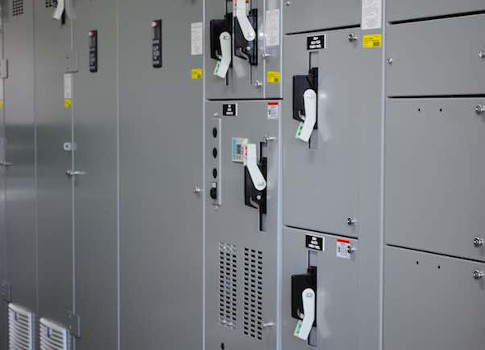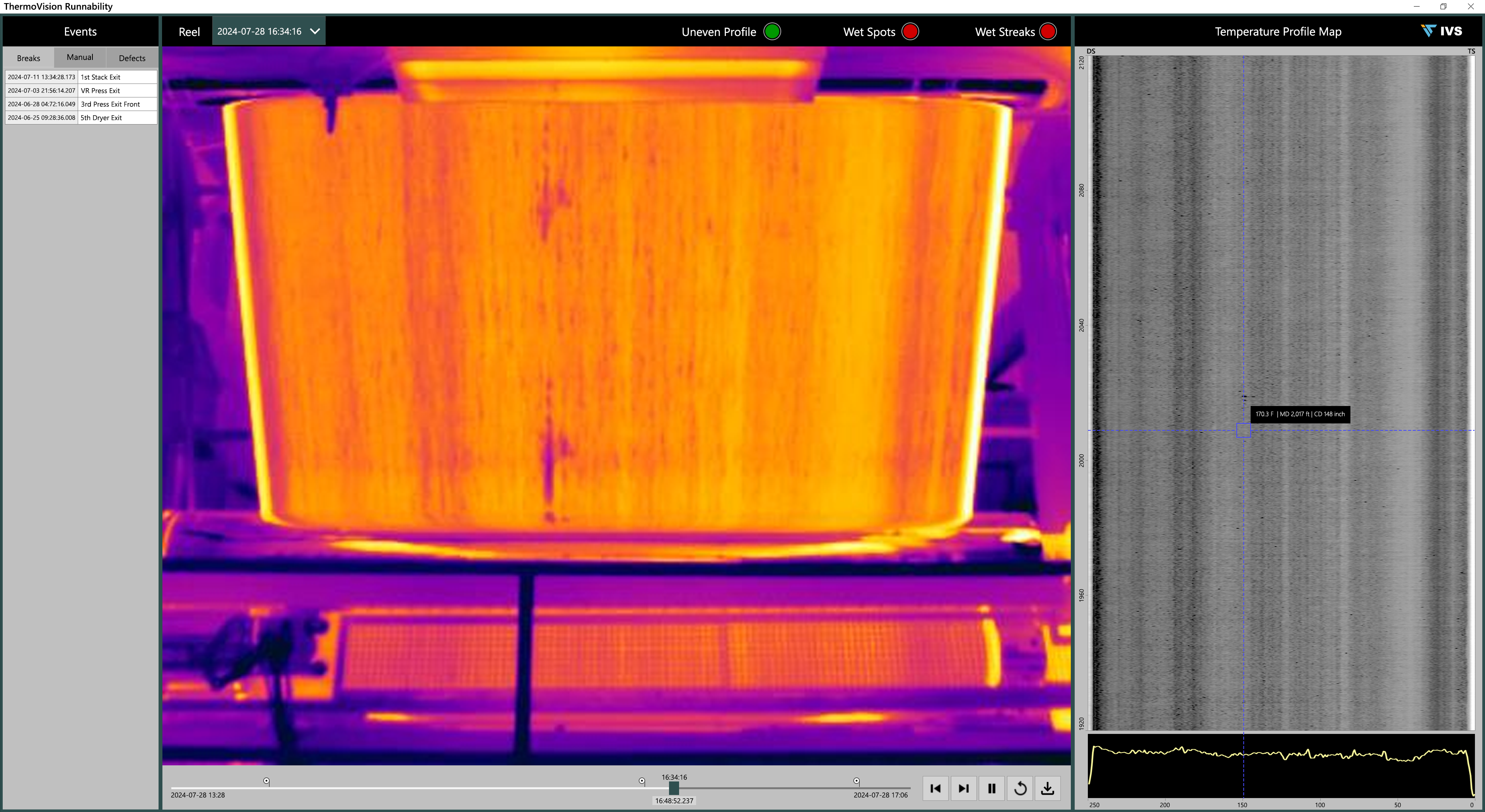Air-to-water exchangers can reduce variable frequency drive (VFD) heat exposure.

The installation of large, medium-voltage VFDs in mechanical equipment rooms creates the problem of harmful ambient room temperatures. This means facility managers and plant engineers must mitigate the heat generated by VFDs. The room temperature must remain low enough not to harm equipment and to meet OSHA standards for technicians who must operate or maintain equipment in the room.
Most electrical equipment of this type is specified to operate at a 104°F ambient air temperature, which may be too warm for operators working over an extended time. Automation and computer equipment, which share the equipment room, may not be rated to operate at these temperatures.
Several methods have been used to address the heat load caused by electronic power systems in enclosed rooms. These include:
- Traditional air conditioning
- Removing larger heat generators (e.g., transformers)
- Heat exchangers.
These approaches all have a place and are dependent on several variables including plant location, environmental conditions, VFD topology, equipment type, desired reliability, and available space. The use of conventional air conditioning units has been implemented the most frequently.
Unfortunately, high-horsepower medium-voltage VFDs generate large heat loads into the equipment room, requiring large air conditioning units. For example, a 6000Hp VFD might require an HVAC unit at an initial cost of more than $200,000, as well as additional operating costs associated with utility use, and relatively low reliability.
Some VFD topologies allow remote location of primary heat generators such as transformers. However, this removes only 50% of the heat load and requires additional site work to locate the transformer remotely, and it increases the cost of running power cables from the transformer to the power electronics section of the VFD.
Although the use of air-to-air heat exchangers has been a relatively new approach, it has been used successfully to eliminate the need for air conditioning entirely by creating a closed-loop air system for the VFD and a secondary loop, which is exhausted externally to the environment. These systems have been around for several years and can quickly provide a two- or three-year payback when compared to an equivalent air-conditioning system’s initial cost and yearly operating utility costs
Air-to-water exchangers
A recent improvement to the problem of equipment room heating is the modification of air-to-air heat exchangers to air-to-water exchangers. The exchanger is integral to the VFD and provides a much smaller footprint, lower capital, and operating costs. It also can provide additional cooling benefits when a VFD is running at lower than rated loads and speeds.
This approach can be applied in plants where process water is available. The water can be used to circulate in a heat exchanger and remove heat generated by a VFD.
The use of air-to-water heat exchangers allows the room air to cool a VFD and hot exhaust air, which normally exhausts into an equipment room and is cooled by an air-conditioning system, to flow through a radiator where the heat is carried away by the water while the cool air is returned into the room. This is a completely closed loop air system, which maintains the temperature in an equipment room. The approach also isolates a VFD and other equipment from potentially hazardous or caustic environmental contaminants, eliminates air conditioning requirements for the VFD, and can cool the room and other equipment if the VFD is running lightly loaded or at a reduced speed.
This approach is applicable only where plant water is readily available. In those cases, chilled water, when sufficiently cooled, can improve the operation further and eliminate all HVAC requirements. The exchanger is sized to handle the heat generated by the VFD when it is running at its full rating. The design allows for up to 95°F inlet water at 15-30 gallons per minute (gpm), but the air exhaust temperature will be approximately 41°F warmer than the inlet water temperature. Chilled water below 77°F will yield a lower exhaust temperature and can lower the ambient temperature of an equipment room.
New designs aimed at reducing HVAC costs are available now and can be tailored to a specific plant location and site environment. These new ideas can eliminate costly HVAC and improve plant economics in terms of energy costs, reliability, and efficiency.
Mark Harshman is a power electronics engineering leader for Siemens.
ONLINE extra
OSHA recognizes heat stress as an area covered under its General Duty Clause Section 5(a)(1), requiring employers to mitigate "recognizable hazards." The full text of the General Duty Clause is at osha.gov.



